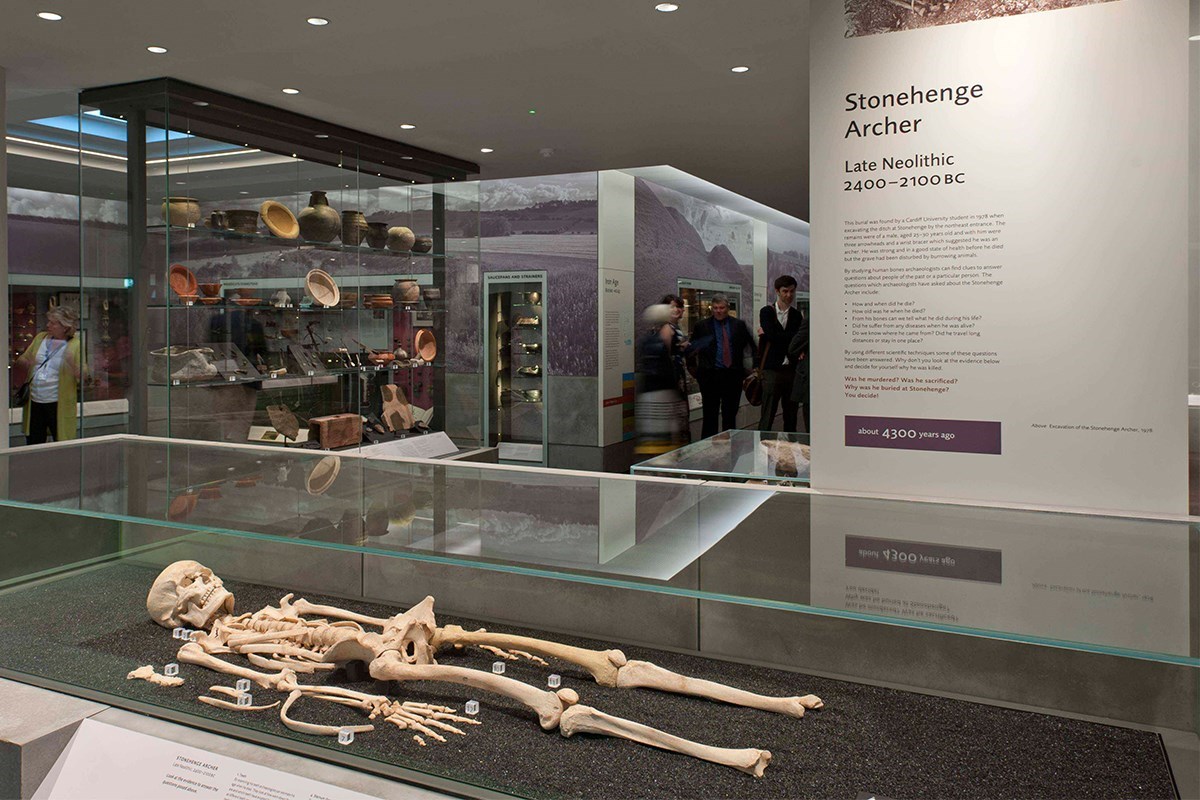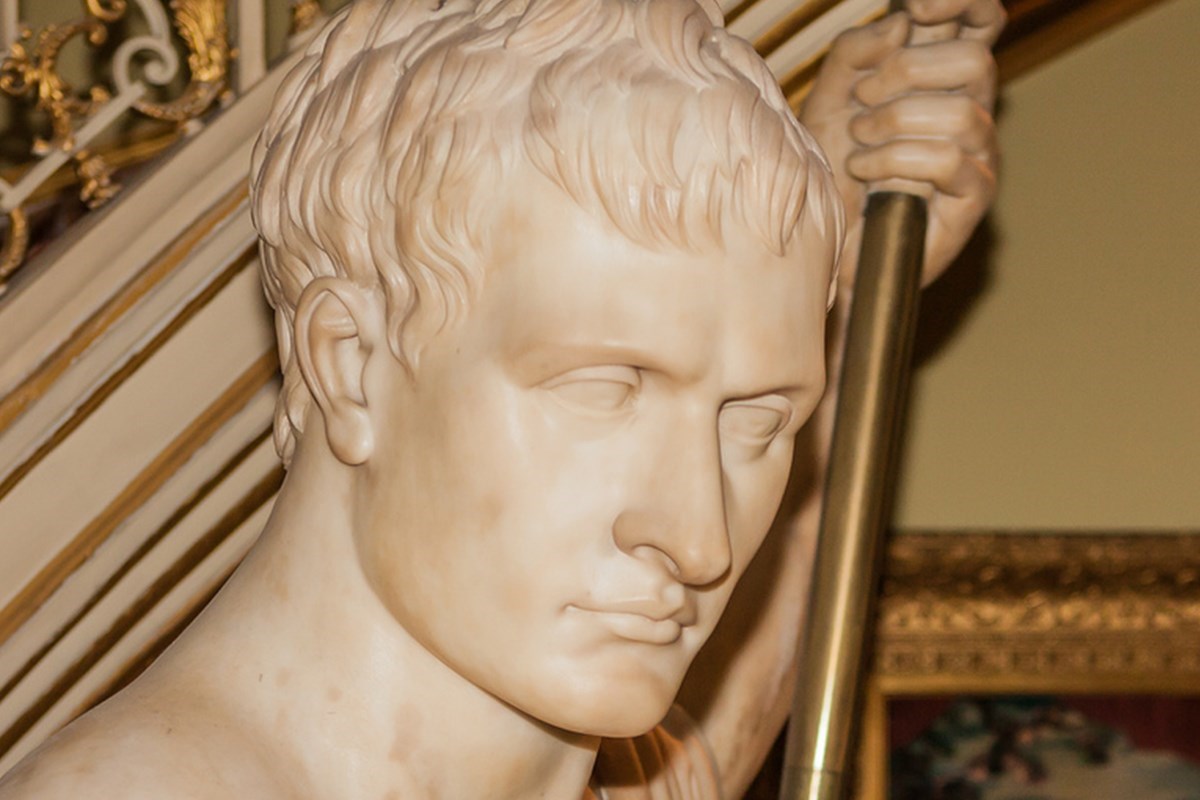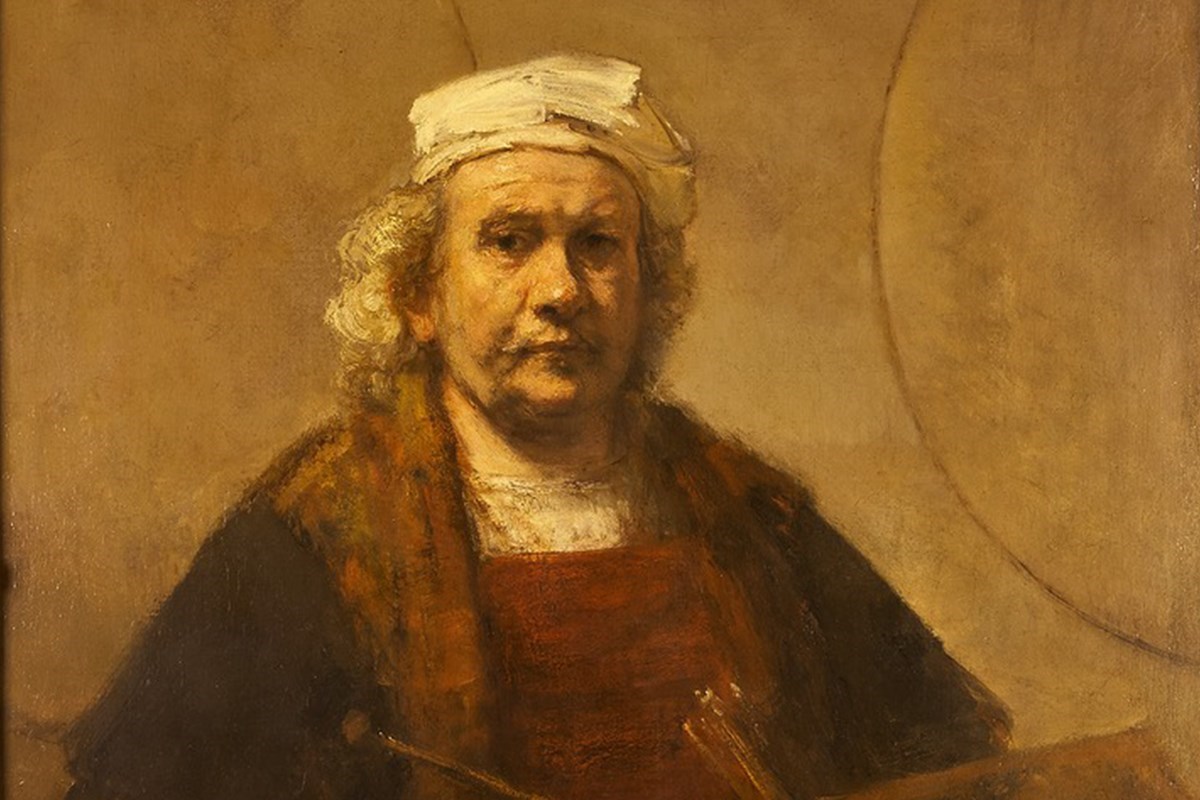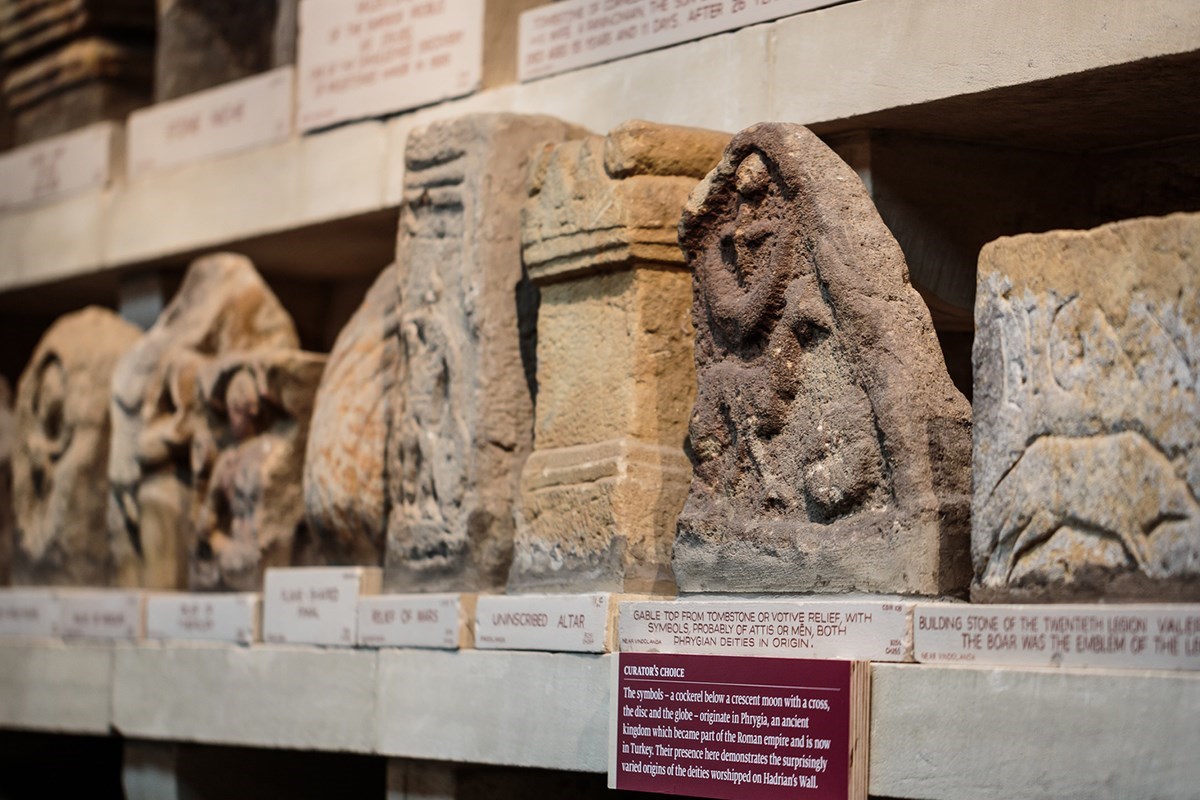Our Ingenious Objects
This year we're celebrating the ingenious people, objects and historic places that have shaped the world we live in today.
We're shining a light on some of the ingenious objects that we care for at our historic places across the country and have put together a handy map to help you find them.
We also asked members of the public to pick their favourite invention from history. The answers ranged from sewers to tea bags, lightbulbs to the internet - and now we're asking the nation to choose a winner - don't miss the chance to cast your vote.
Follow us on Twitter, Facebook and Instagram and use the hashtag #Ingenious to share your stories with us.
Lorica Segmentata, 2nd Century
The segmented nature of this armour allows a great deal of flexibility which would have aided movement in a battle. It also meant that if one segment was damaged, it could easily be replaced without having to get a whole new suit. But historians only began to understand exactly how ingenious it was in 1964, when the Corbridge Hoard was discovered.
This fine example can be found on display at Corbridge Roman Town. It was the first find with large enough pieces to be able to reconstruct how these suits were worn, made and repaired.
Visit Corbridge Roman TownPerseus & Andromeda Fountain, 1854 - 1859
Inspired by Greek mythology, the fountain at Witley Court features Perseus, riding the winged horse Pegasus, rescuing Andromeda from a sea monster. A tour de force of Victorian hydraulic engineering, it features 120 jets hidden among the sculpture. The water was pumped by steam engine to a reservoir half a mile away to provide the pressure to fire the spectacular main jet 36 metres into the air.
Visit Witley Court & GardensIcecream maker, 19th Century
This icecream maker was one of the most successful pieces of kitchen equipment patented and sold by the entrepreneurial 19th century cookery writer and retailer Mrs Agnes Marshall. It enabled icecream to be made more easily and more quickly than previously. This proved invaluable in the days when icecream was moulded into fantastical forms in country houses like Brodsworth Hall.
Visit Brodsworth Hall and GardensLatrine, C. AD. 120- AD 410
There is nothing especially innovative in the idea of a communal toilet flushed by water from a cistern. What makes this example from Housesteads Roman Fort so remarkable is its location, high up on the rocky outcrop, which has no natural source of water. To solve this problem the Romans built linked water tanks and channels to store and direct meagre resources in the most efficient way.
Visit Housesteads Roman FortAtomic weapon detection, recognition and estimation of yield C1970s
AWDREY units, like this one from York Cold War Bunker, detected the millisecond gap between the detonation of conventional explosives and the resultant nuclear reaction within a warhead. Originally developed as a lightning detector, AWDREY also tracked fireworks displays and significant thunder storms - testing the nerves of the volunteer team at the height of the Cold War.
Visit York Cold War BunkerTable Clock, 1766
This unique clock can be seen at Kenwood and highlights John Joseph Merlin's (1735 - 1803) ingenuity at creating complex, geared mechanisms. It was probably an exhibition piece; the 'skeleton' design allowed the viewer to appreciate the complex mechanism. One of the unique elements of this clock is that it shows half seconds - something that no other clockmaker in London at the time had achieved.
Visit KenwoodTeapot, C.1795-1805
This exquisite teapot can be found at Marble Hill House in London. It represents the moment when eighteenth-century British potters discovered the secret of Chinese porcelain. Following experiments in Plymouth and Bristol, the New Hall China Manufactory in Staffordshire was the first to successfully produce 'true' or hard-paste porcelain on a commercial scale. They made gilded and brightly coloured tea-sets often incorporating Chinese style motifs.
Visit Marble Hill HouseDiscover our collections
At any one time we have around 100,000 artefacts on display across our historic places. Explore samples of our vast collections below and get a taste of what we have on offer before you decide to visit in person.
You can also go behind the scenes at two of our collection stores to find out more about the objects in our care, and how we meet the challenges of caring for them. Find out more about visiting the Wrest Park Archaeological Collections Store or the Helmsley Archaeology Store in Yorkshire.
-

Stonehenge
Spend a whole day in history by exploring the unique collections housed at the Salisbury and Wiltshire Museums before heading to one of the world's most iconic monuments – Stonehenge.
-

Apsley House
Apsley House is filled with a huge range of priceless artefacts, including rare paintings, silver centrepieces and incredible examples of sculpture.
-

Kenwood
Kenwood's collection includes sculpture, furniture and jewellery as well as internationally renowned paintings by artists including Rembrandt, Vermeer, Van Dyck, Gainsborough and Reynolds.
-

Chesters Roman Fort
The Clayton Collection at Chesters Roman Fort houses a wide range of objects, inscriptions and sculpture - with an especially diverse range of Roman religious material.
